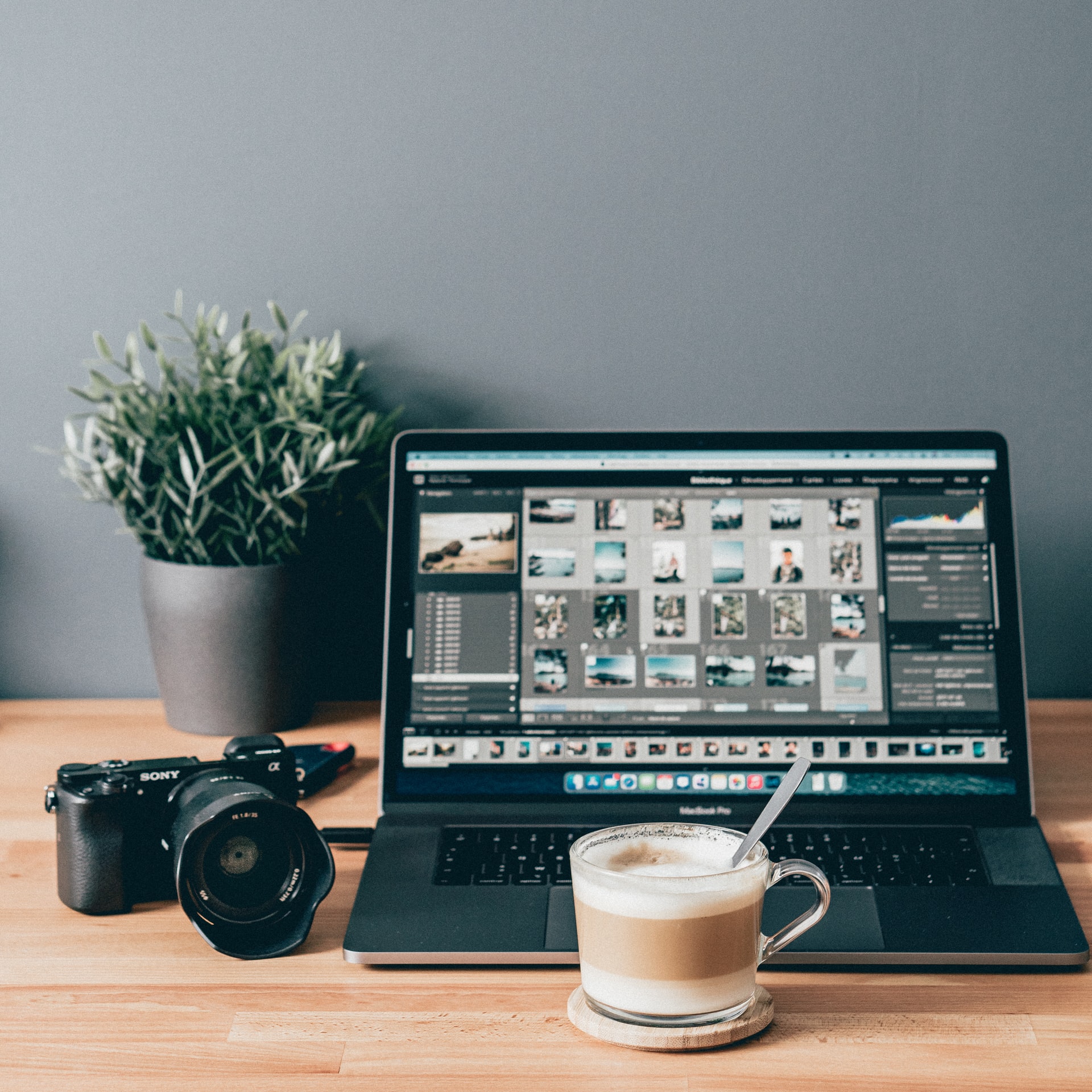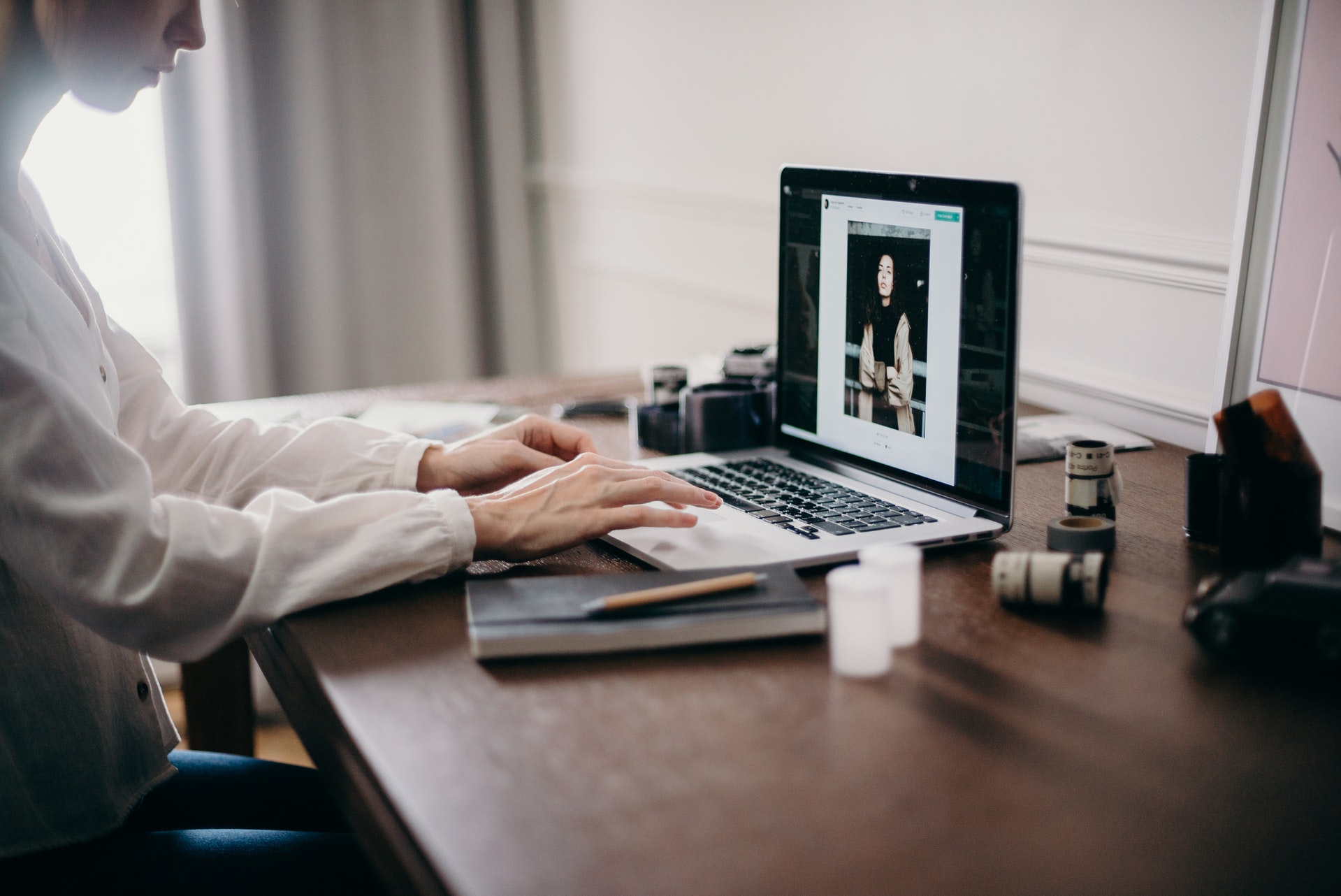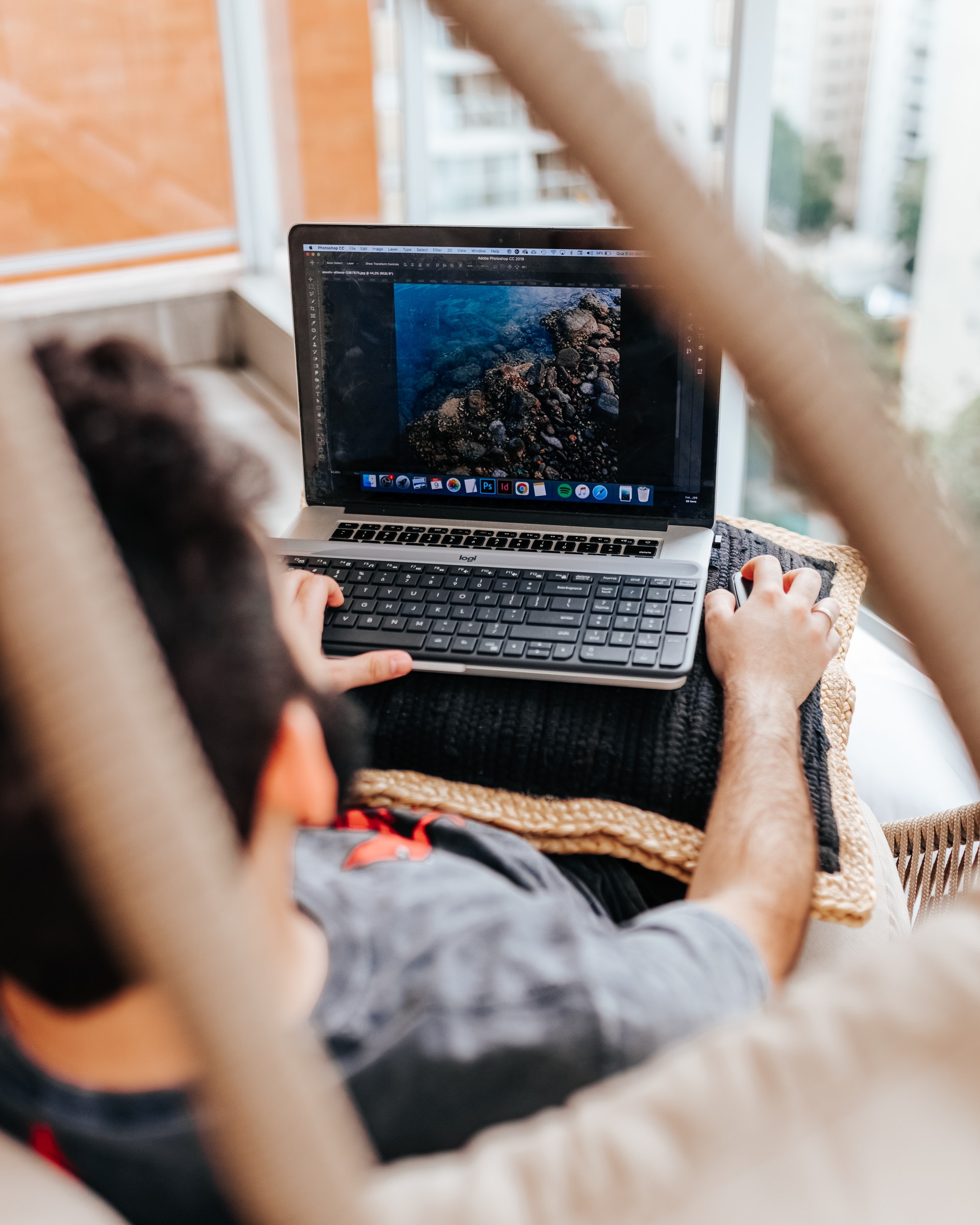Editing in one click of a button. It’s been the dream of every marketer or creative since photo manipulation first became an industry tool. You’re probably used to transform your photos from OK to extraordinary being a labor of love, with hours spent behind your PC screen. That could become minutes with the right AI technology. Let’s take a look.
What is AI Photo Editing?
A.I photo editing simply means leveraging artificial intelligence to automatically detect the focal points of your image and apply necessary enhancements (and some other nifty tools) the way you want them, without the need to manually edit the photo. This means you save on time and effort, and can better apply your skills where they really count. AI also has the ability to learn from use, meaning it can be personalized and expanded as you desire.
What Purpose Does Artificial Intelligence Serve in the Photo Editing Landscape?
When you say ‘AI’, most people’s imaginations jump straight to intimidating, out-of-control fiction characters like Portal’s GLaDOS or Umbrella’s Red Queen. As always with ‘real life’, the reality is a little more mundane. Modern innovations in artificial intelligence focus on turning time-consuming, dull manual tasks into something that’s at least semi-automated, freeing up the human behind the PC screen to concentrate on other, more pressing, or more rewarding, tasks.

Photo editing can be a very rewarding skill, and artificial intelligence certainly won’t banish skilled manual photo manipulation skills altogether. However, as we process more and more ‘content’ daily, it can be a distinct boon to move through mundane color correction and error fixes in a few minutes, instead of a few hours. Instead of laboriously creating brushes and masks, you use image recognition and the power of machine learning to intelligently apply edits to the photos. Something like a next-gen preset, but with far more ease of use and built-in intelligence.
Of course, this also opens high-quality editing results up to a larger audience, ensuring even beginners can produce quality work they’re proud of.
Identifying the ‘Best’ Photos from a Batch
Long before the first edit is actioned, a photographer or digital artist has to cull their raw files, selecting the best photos to focus on from all the photos taken in a shoot. This in itself can be mind-numbingly mundane, with hours wasted scrolling through hundreds (or thousands) of shots to find the gold among the coal.

For many photographers, it’s one of the most burdensome parts of the image processing pipeline. It’s easy to start skipping photos, miss hidden gems and feel burnt out on the project before you’ve even brought one image to its final glory. It’s frighteningly easy to miss a photo you needed or allow a bad apple to slip into the batch.
Artificial intelligence can help with the photo selection process, eliminating human error and introducing objective criteria to the task. This allows the photographer or artist to focus on more meaningful angles of the project instead. While a final once-over from a human eye isn’t a bad idea, it does make the process vastly more appealing.
Improving Resolution
Taking a good, but low-resolution shot and magically giving it the high-resolution you need to use it in a project has been a dream for graphic designers and photographers globally for many years.
While programs like Photoshop have offered some limited functionality in this arena for years, smart AI brings a lot more to the table than mere pixel replication. AI can be harnessed to make resolution improvements great, instead of merely good. They can also process the image with more speed, make intelligent duplication choices, and meet target size parameters much more efficiently. And a realistic, crisp result is easier to create.

We’re only at the beginning of the use of artificial intelligence for this particular purpose, and quality is growing in leaps and bounds every year.
Image Enhancement, Simplified
Learning to effectively edit a photo is an art in itself, and many people don’t even know where to start. You could spend hours with tutorials or expensive courses- or you can let AI handle it for you. Create images that look professionally edited, with exposure and contrast correction, subtle enhancement, and other tools without the need for the steep learning curve. As good AI image enhancers are fully customizable, you can control the final result with little worry, too.
Background Removal and Masking
You’ve sourced the perfect stock photos for your project, but you need to change the backgrounds. AI photo editing also has the power to identify the subject in any image, and remove or replace the background according to your wishes. Allowing a more seamless result than manual removal (unless you’re highly skilled), it lets you create a cohesive result that’s believable and feels real, no matter the end use for the image.

Likewise, AI has great potential to speed up the overall masking process. Selective replacement and editing have always been difficult and time-consuming processes. One incorrectly-selected edge to the subject and hours of hard work goes down the drain. Manual masking requires an insane amount of accuracy. With AI better able to detect delineations at the pixel level, the process is much easier. With the program handling most of the work for you, you can tweak effects simply, without losing hours of soul-killing brushwork to one small mistake.
Enhance Model Shots and Selfies
We’ve all had fun laughing at photoshop fails on the internet- but none of us want to see our own photos hit the list! Bring out any subject’s natural beauty with professional-level touch-ups, without the potential for human mistakes entering the equation. Even out skin tone and remove blemishes without heavy-handed over-smoothing, brighten eyes and teeth, and maintain a cohesive and realistic result with a little help from the A.I. From wedding photos to portfolio shots and even your Instagram account, you can enhance what nature gave you.

Creative Effects
A.I photo editors aren’t just useful for realistic pieces, however. Evolve your photo game to the next level, and apply a ton of artistic and creative styles to the image without the need for lengthy post-production. While those truly gifted in image manipulation might want to do a manual second pass for that extra-special touch, you can get the basics done in a fraction of the time it would take you otherwise. With the AI available to detect critical components of the image- think lines, subjects, shadows, and highlights, you’ll get a more realistic and believable outcome to express your creativity.
Are There Downsides to AI Photo Editors?
With all this functionality at your fingertips, are there any downsides to using an AI photo editor? Of course, we haven’t yet reached the point where any AI is a fully sentient, thinking being as we see in the movies. This means that any form of machine-learned tool remains just that- a machine, without the creativity and inspiration that marks the human spirit.

A.I photo editing technology has immense power and potential to clear up mundane photo processing tasks and make them simple, faster, and considerably less tedious. Saved time and effort often equates to a tighter bottom line, too, and broadening the skill set open to even novice users is immensely powerful and creates a level playing field.
But it can only do what it knows how to do. No AI program can yet create a new file, or find a new way around a fresh problem. It works to the programmed standards it is set to. This does mean there’s a little risk of work becoming ‘cookie-cutter’ and similar, devoid of an artist’s personal style.
That’s only if the artist relies purely on the A.I, however. It’s likely to be something we see impact the marketing arena, where churning content faster and cheaper is more of a priority than uniqueness or artistic vision. Any digital artist worth their salt will embrace artificial intelligence to make humdrum tasks faster, so they can get down to the core business of expressing their creativity through what cannot be replicated by machine learning. A.I photo editing is best thought of as an additional tool in the stable, rather than a be-all, end-all arbiter of correctness.
It is worth noting that more sophisticated artificial intelligence algorithms are learning to emulate pre-existing styles, meaning that there’s potential for it to ‘learn’ exactly how a specific designer or artist works, emulating their pre-existing style. This could be vastly beneficial for more creative works.
Artificial intelligence-based software solutions offer a game-changing new development in how the current photo editing landscape works. It’s a fantastic way to save time, but, as with all new tools, has pros and cons to balance. Whether you opt for a hybrid-type solution that lets you toggle A.I on and off, or stick within the comfortable confines of artificial guidance, however, it’s a fantastic opportunity to explore quicker, faster, and better photo manipulation results.
Using A.I-powered photo editors can simplify, streamline, and enhance your creative efforts with photos and photo manipulation. Why not try this new way of editing photos for yourself?
Related posts
New Articles
How to Stream on Twitch from PC (Step-by-Step Guide)
Streaming video games or other creative content has become a major trend, with Twitch leading as one of the most…


